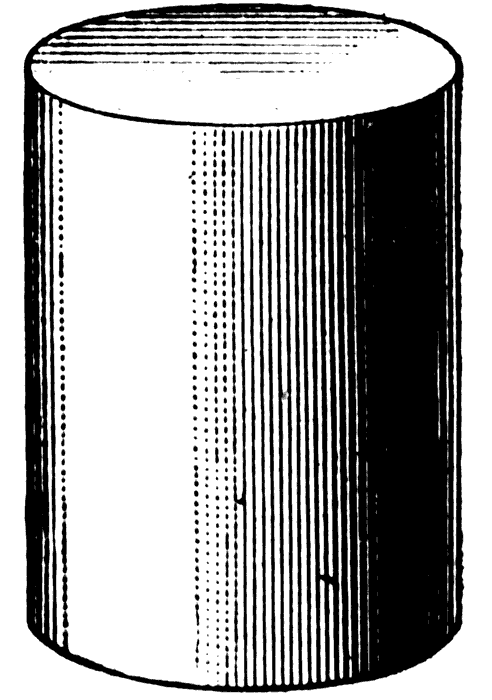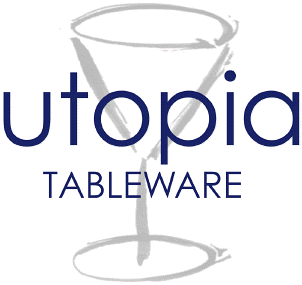|
|
LITR 5439
Literary & Historical Utopias
|
|
Lori Wheeler
What’s in a Name?
The French sociologist Pierre Bordieu says that modern societies contain
institutions such as proper names to unify the self and establish a consistent
identity for an individual, or at least a “nominal consistency” (du Gay 29).
While a name does not invoke all aspects and history of a personality, it
does designate a specific person with an individual identity.
Naming as a form of personal identity is a theme that appears in every
utopia and dystopia I have encountered.
As a continuation of an idea argued in my midterm and thoughts I have
returned to with each subsequent dystopia and utopia I read, I propose that
naming in utopias/dystopias is also an event that marks the transition between
the two types of societies. Authors of
the utopian genre[1]
understand the importance of proper names to express one's individuality and go
to lengths to discuss the selection or rejection of names.
Some
of the most stereotypical and anecdotal evidence of this phenomenon of naming to
signify the event of transition from dystopia to utopia is the renaming of
oneself during the 1960s as young adults became part of the “Hippie Movement.”
In literature, students in this seminar have found many examples in both
utopias and dystopias of the naming event as the boundary between the two.
Rand’s illustration of the importance of naming
occurs when Equality and the Liberty
5-3000 give each other new names in
Anthem. In naming each other The
Golden One and The Unconquered, they were committing the sin of preference
through identification, and later, after leaving the collective, the act of
renaming for public purposes serves as a ceremony that marks their move from
dystopian society to the utopia they create. The passages from
Woman on the Edge of Time we
discussed in class show naming as a critical step in the establishing of oneself
in and committing oneself to the utopia.
Piercy’s Luciente says that after being named, everyone decides they are
ready to fight for the text’s utopian village (101).
Currently, YA dystopias are the popular branch of the utopian genre that today’s
society uses to understand the concept of utopias.
Even these YA dystopias abound with examples of dystopian protagonists
naming or re-naming themselves as they move from dystopia to utopia, whether
they transition is a physical or intellectual one.
The Hunger Games’s Katniss
Everdeen becomes The Mockingjay when she officially joins District 13,
Divergent’s Beatrice becomes Tris as
she leaves her faction and discovers she is divergent, and in the unrealized
utopia of the maze in The Maze Runner,
all the boys are named after people who influenced society toward utopia.
Illustrating the idea that names mark the event of transition between utopias
and dystopias, Margaret Atwood’s Offred in
The Handmaid’s Tale quickly and
painfully imparts to the reader the importance of owning an identity through
naming. She protects her own and
her daughter’s identities, or so she thinks, by never naming either by their
pre-Gileadean names. For Offred,
self-expression has become obsolete and she compares her name to a “treasure”
that was “buried” (Atwood 84). She
guards her name as a sign of the identity that she refuses to relinquish to her
Commander in the same way she refuses to relinquish her hopes for the future.
In this particular dystopia, the shedding of names shows the transition
to a dystopian society from what, in comparison, seems like Utopia. The
handmaids of Atwood’s Gilead have lost their names in a completion of “their
loss of individuality” by being named as “possession[s] of the Commander[s]
[they] serve” (Stein 263). In much the
same way, Snowman in Atwood’s Oryx and
Crake is required to give up the name Jimmy when he moves from the
comparatively utopian world to the dystopian world in which Oryx has decided
that names cannot be representative of something found there and Crake has
decreed that the Crakers be named after “eminent historical figures” instead of
giving them their own names (100).
Snowman, Oryx, and Crake have had to give up their former names in this dytopian
world, and anyone born into this dystopian world is destined to inherit someone
else’s name.
Most
of the naming events that mark the transition from utopia to dystopia, however,
occur in utopias and serve as much as a barrier between the two extremes of an
ideal world as they do a transitional event. As Will Weston introduces his
readers to the people of Ecotopia, he
specifically gives attention to naming as a barrier between the utopian world of
Ecotopia and the dystopian world of the U.S.
He emphasizes the “realness” of Bert Luckman’s name and implies that he
doubted it at first as one of the “new” names of Ecotopian design (33).
The reader understands this idea of adopted Ecotopian names when meeting
Marissa Brightcloud, whose name is of the “self-adopted Indian-inspired” variety
that so many Ecotopians use since Independence and moving to a utopian world
(54). The
three wives in Herland refuse to take
the surnames of Van, Jeff, and Terry.
The women’s rationale is that they already have names and identities that
require nothing more than who they are in relation to themselves.
It seems as though these women
understand the importance of naming themselves as part of the utopian schema and
that relinquishing the right to do so invalidates the effectiveness of their
society. I would be willing to
predict that in Perkins’s continuation of this story, Ellador does indeed take
Van’s last name as they travel to the dystopia of America.
As I
come to the conclusion of reporting my research, I am energized.
Certainly, this is only the beginning of a much larger research project
that can be developed into a thesis project or journal article should I find the
time to do so. The idea that
started as a mere seedling over a year ago has grown into something much more
substantial as I explore it again this semester in utopias as well as dystopias.
Naming as the mark of an event, the movement between utopia and dystopia,
is a significant feature of the utopian genre that has been largely
underemphasized in the face of more obvious, and perhaps more critical, utopian
features.
Works
Cited
Atwood, Margaret. The Handmaid's Tale. New York: Anchor Books, 1986.
Print.
du Gay, Paul. Organizing Identity.
Los Angeles: Sage Publications, 2007. Print.
Piercy, Marge. Woman on the Edge of Time.
New York: Fawcett Crest, 1976. Print.
Stein, Karen F. “Margaret Atwood’s The
Handmaid’s Tale: Scheherazade in Dystopia.”
Ed. Bouson, J. Brooks. Critical Insights: The Handmaid's Tale by
Margaret Atwood. Pasadena: Salem Press, 2010. 261-275. Print.
[1]
For the purposes of this essay, when referring to the utopian genre, I
mean to include both utopian and dystopian texts.
Dystopian texts belong to the dystopian subgenre of the larger
utopian genre.




